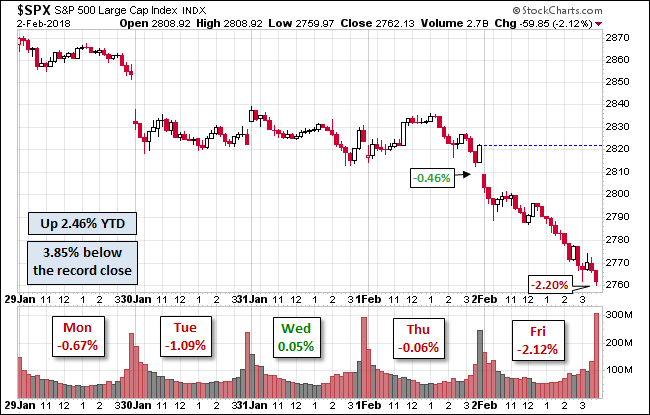

Undoubtedly, we are seeing some of those market dynamics currently playing out. In fact, it is not until customers engage in the timely and costly search of finding those stations that offer the lowest possible price that competitive market pricing is eventually restored. On the flipside, when wholesale prices fall, each station can boost its margin by passing on the cost reductions more slowly. When input prices rise, retail gasoline operators' incentives are aligned to raise prices accordingly to preserve margins. The main reason for the disconnect stems from market pricing power. In fact, the asymmetric pricing in fuel prices has become so apparent in recent decades that economists have coined the phenomenon as "rockets & feathers". Gasoline prices have always been quick to move higher when oil jumps, but far slower to follow oil on the way back down.

However, history tells us that this recent "dichotomy" isn't atypical. The fact that prices have come down more slowly, and by less than oil has been a point of frustration for many. Gasoline prices are one of the few things that are posted on large signs in clear view, so consumers are constantly reminded of the rising price pressures they're facing on a daily basis. It's only in the last few weeks that consumers started to see some reprieve, with the AAA regular gasoline price measure down about 17%. However, more recently oil has turned sharply lower – falling by over 25% – while prices at the pump have been slower to come down. At their peak, prices had risen over 50% alongside the sharp spike in oil prices following the onset of the Russia-Ukraine war (Chart 1). In addition air toxics existing in the oil (H 2S, benzene, etc.) have been quantified to the 10 ppm level in the oil as well as in the evolved gases.Gasoline prices have been grabbing headlines over the last several months, and rightfully so.
#Spr drawdown chart full
This test method provides a characterization of the oil's composition which then allows prediction of vapor pressure as well as air emission quantities over the full temperature range of interest. The method involves use of a device to 1) analyze the composition of gas separating from a liquid oil stream at a known pressure and temperature, 2) measure the rate of gas and oil flow exiting the same gas/oil separator, and 3) use the described test data in an iterative calculation algorithm with industry-established gas/liquid equilibrium values to estimate the crude oil's vapor pressure within +/−2% (or 0.3 psia). Mitretek Systems, therefore, developed a test method with calculation algorithm that substantially improved the determination of a crude oil's "actual" true vapor pressure. It has been found that the Reid test even with the API 2517 adjustment for "True" vapor pressure gives 50% to over 300% errors in the determination of a crude oil's actual true vapor pressure. The quantity of such oil vapors is of course directly related to product losses and environmental air emissions. This "True" vapor pressure or simply vapor pressure for a given oil or fluid is of interest because it defines the point of vapor initiation (i.e., the boiling point or bubble point). Currently, the "True" vapor pressure of crude oil is typically calculated via API 2517 temperature nomograph adjustments to Reid Vapor Pressure testing results (ASTM D-323-90).


 0 kommentar(er)
0 kommentar(er)
